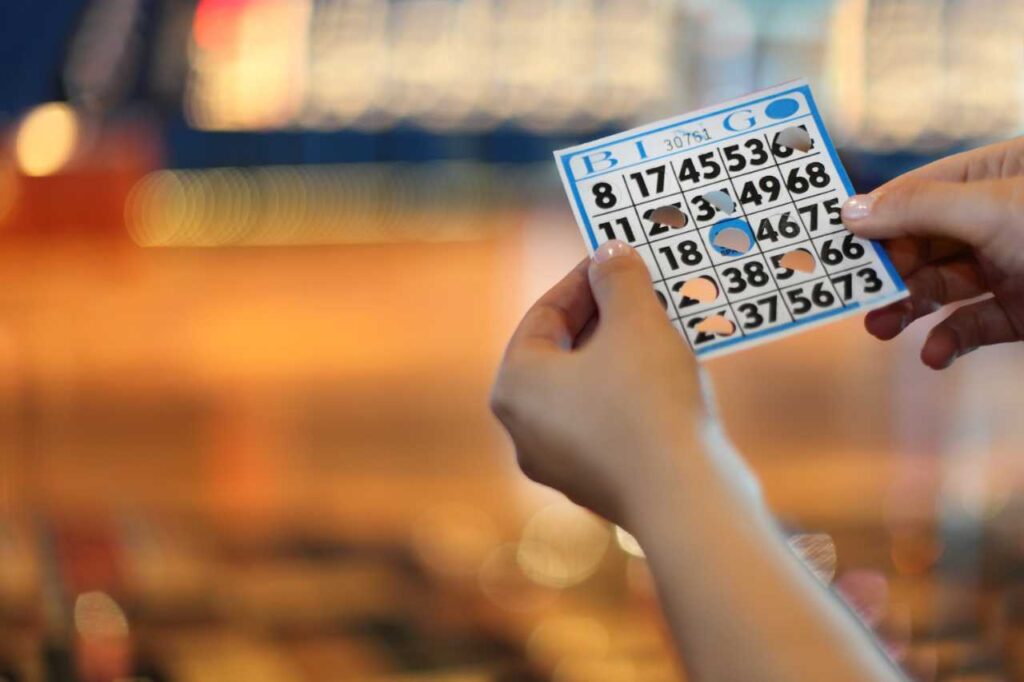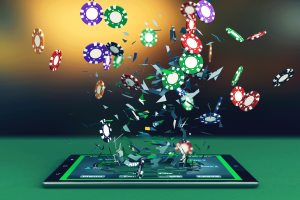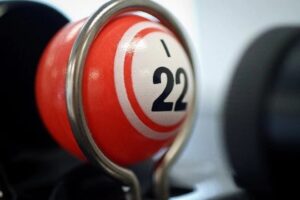Bingo – How It Works Today

Bingo originated in India and is now played in many countries all over the world. In the United States, bingo evolved as a card game where each participant places cards together and whisper number printed on those cards, calling out the chosen numbers by the bingo caller, who marks the numbers. Today, bingo has developed technologically, so that its structure and rules can be easily altered. This allows for a variety of games to be played in the comfort of your own home. Bingo is also played in casinos, bingo parlors and in other places where group games of bingo are normally played.
Before the introduction of bingo cards printed with numbers, bingo was conducted using a mechanism of roulette where players marked cards with numbers whereby they were waiting for their opponents to call out the right numbers. And this was an even more difficult game than bingo. Players used to place their bets at specific intervals and wait till their opponents did so. In order to win the game, one had to be able to read the cards well and come out with the right answer. In this way, the game gained its name.
Bingo as we know it today evolved in the early 20th century when an American named Jackpot caught the fancy of the British Royal Court. The Royal Court decided to make jackpots that were larger than the prize money to be awarded to people playing bingo at the London bingo hall. Soon, this led to the formation of what is known as “the 90-ball game”, which is the earliest version of bingo.
As the game evolved, the players started to mark off the numbers by laying out the cards one by one. Eventually, the layout of the bingo cards came to include only seven rows and five columns – a layout that is still familiar to us today. But the main difference with our current Bingo is that instead of using a wheel to decide the numbers, players now use a fixed number of free spaces (provided to them by the Bingo house) to mark the numbers on their Bingo cards.
In previous versions of Bingo, the caller had to be able to correctly identify which free space corresponded to each of the seven rows of cards. In other words, if the caller didn’t see a particular number, he or she had to guess that the card was already out. The free spaces were thus not particularly helpful to the caller. One could, however, gain some useful information about the caller’s position by looking at the number of the bingo card that came next to the number being called – but this information wasn’t always reliable.
Finally, the introduction of “the ninety-ball bingo cards” changed the way bingo was played forever. The new cards were introduced, and they changed the way in which bingo was played. Rather than having the caller makes an educated guess as to the numbers to be called, the new ninety-ball bingo cards feature numbers that are pre-arranged within three horizontal lines. This allows the caller to know with certainty (often to the point of accuracy) the number of the number that is to be called. The numbers can then be decided upon by the players, and the cards are rolled up into a single ball with the appropriate number of spades. A single ball is then tossed, and all the circles must line up in a straight line.




